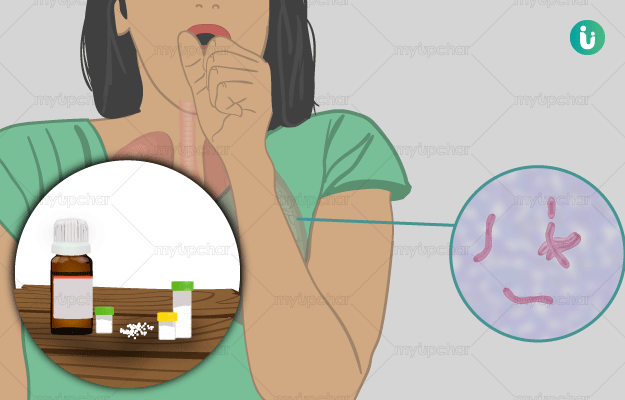Tuberculosis, also known as kshayaroga or rajyakshma, is a wasting disease characterised by various symptoms such as fatigue, low-grade fever, sweating at night, loss of appetite and weight loss. Other symptoms may also appear depending on the organ involved. TB most commonly affects lungs and presents symptoms such as fever in the evening, cough, hoarseness in the voice, and night sweats along with appetite loss and weight loss, pain in the chest, and a burning sensation in palms and the soles of the feet.
Ayurvedic treatment procedures that are recommended for tuberculosis include snehana (oleation), swedana (sudation or sweat therapy), vamana (medical emesis), and virechana (purgation). However, these procedures are only effective in individuals with aggravated doshas and in those who are strong enough to tolerate these therapies. Shodhana karma (purification therapies) should not be used in weak individuals, and they should be very mild even when used in strong individuals with tuberculosis. This is because there is kshaya (depletion) of all seven dhatus in tuberculosis, So, brimhan (nourishing) treatment should be given to strengthen the body. However, care should be taken that dhatu agni is not affected.
The various herbs used in the management of tuberculosis are vidarikand (Indian kudzu), brahmi (waterhyssop), rasonam (garlic), yashtimadhu (mulethi), ashwagandha (Indian ginseng) and guduchi (giloy, heart-leaved moonseed). Medicines that are described in Ayurveda for the management of tuberculosis are eladi churna, sitopaladi churna, chitraka-haritaki, mahalaxmivilasa rasa, chyawanprashavaleha, draksharishta, dhanvantara gutika, bhringrajasava, swarna malini vasanta, madhumalini vasanta and vasanta kusumakar.


















